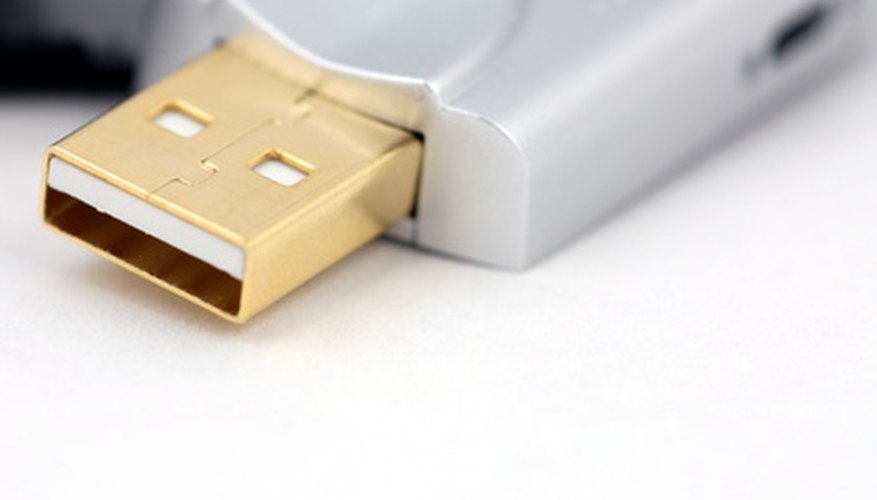To create or delete a partition on a hard disk without the use of a Windows operating system, you must use a bootable disk or USB drive with Fdisk installed. Fdisk is a DOS utility that allows users to configure the partitions on a hard disk. A bootable drive installed with this utility is particularly useful if you are unable to boot to your hard drive, such as due to a logical disk failure.
To make a bootable USB disk with Fdisk included, you must format the USB drive and install to it the contents of a Windows boot disk.
- To create or delete a partition on a hard disk without the use of a Windows operating system, you must use a bootable disk or USB drive with Fdisk installed.
- To make a bootable USB disk with Fdisk included, you must format the USB drive and install to it the contents of a Windows boot disk.
Go to AllBootDisks.com. Locate your version in the list of Windows operating systems, then click the "Download Boot Disks" link.
Click the arrow next to "Automatic Boot Disk" and download all of the files to an empty folder on your PC.
Right-click "Start." Click "Explore." Open the folder containing the file or files you downloaded from the site. Double-click the file or files to extract the contents to a new folder. Click "OK."
Click "Cancel" when the "Insert floppy to write" box appears.
Download and install the HP USB Disk Storage Format Tool to your computer. Insert your USB drive into a free USB slot, then run the HP USB Disk Storage Format Tool.
- Open the folder containing the file or files you downloaded from the site.
- Download and install the HP USB Disk Storage Format Tool to your computer.
Select your USB device from the drop-down, then change the file system to "FAT32."
Check "Quick Format," and "Create a DOS start-up disk." Click the "..." button and browse through your files until you find the folder containing the extracted files.
Select the folder, then click "OK." Click "Start" to format the drive. Click "Yes" when the warning message appears.
TIP
Some boot disks come in two types: RAM drive or no RAM drive. If you are not sure whether or not your computer uses a RAM drive, download the no RAM drive file.
WARNING
Not all computers can boot to USB. Check with your motherboard manufacturer prior to creating the bootable disk to confirm whether or not your BIOS can boot to USB. Not all USB drives are bootable. Check your USB drive's documentation before attempting to use the drive as a bootable disk. Formatting the USB drive will erase everything from the drive.
